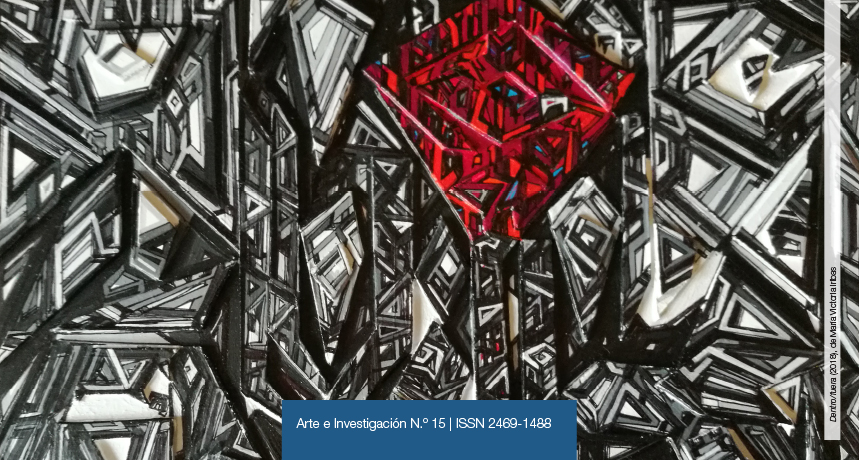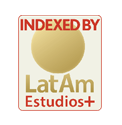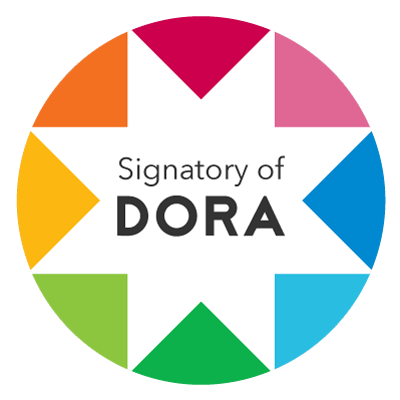Fragment and Montage in the Visual Arts. Transfers, Migrations and Anachronisms
DOI:
https://doi.org/10.24215/24691488e022Keywords:
Visual arts, time, anachronism, montageAbstract
A brief tour through the fundamental changes related to the reading and perception of time and its impact on the models of analysis used in the historiography of art allows us to account for the importance of anachronism and montage not only as other ways of looking at history but as discursive mechanisms in visual artistic production. The appropriation, emptying, fragmentation and juxtaposition are presented as associated allegorical operations that generate resignifications, valuable alternatives for approaching the object of study and new layers of meaning in the critical reading of certain historical events and their correspondences in the field of arts.Downloads
References
Alaoui, L. (2013). Crossings [Videoinstalación]. Recuperado de http://untref.edu.ar/muntref/migraciones/
Benjamin, W. [1940] (1989). Tesis de filosofía de la historia. Discursos interrumpidos I. Madrid, España: Taurus.
Benjamin, W. [1925] (1990). El origen del drama barroco alemán. Madrid, España: Taurus.
Dantas, M. (2017). Catálogo Ai Weiwei Inoculación. Buenos Aires, Argentina: Fundación Proa.
Didi-Huberman, G. (2006). Ante el tiempo. Historia del arte y anacronismo de las imágenes. Buenos Aires, Argentina: Adriana Hidalgo editora.
Didi-Huberman, G. (1998). Phasmes: Essais sur l´apparition. París, Francia: Minuit.
Didi-Huberman, G. (2009). La imagen superviviente. Historia del arte y tiempo de los fantasmas según Aby Warburg. Madrid, España: Abada.
Ennis, J. (2009). Georges Didi-Huberman, Cuando las imágenes toman posición. El ojo de la historia, I. Orbis Tertius, 15(16). Recuperado de http://www.orbistertius.unlp.edu.ar/article/view/OTv15n16r06
Ginzburg, C. (1976). El queso y los gusanos. El cosmos según un molinero del siglo XVI. Barcelona, España: Muchnik.
Jaar, A. (1981). Chile, antes de partir [Intervención]. Recuperado de http://200.54.125.64/arte/jaar.php?Pagina=74
Jaar, A. (1990). Sin Título (Agua) [Instalación]. Recuperado de http://200.54.125.64/arte/jaar.php?Pagina=67
Jaar, A. (1995). Imágenes Reales [Instalación]. Recuperado de https://universes.art/es/magazine/articles/2012/alfredo-jaar/photo-tour/berlinische-galerie/05/
Jaar, A. (1997). El silencio de Nduwayezu [Instalación]. Recuperado de http://200.54.125.64/arte/jaar.php?Pagina=68
Jaar, A. (1996). Los ojos de Gutete Emerita [Instalación]. Recuperado de https://www.flickr.com/photos/37279546@N02/5084836884
Jaar, A. (2008). La política de las imágenes. Santiago de Chile, Chile: Metales Pesados.
Nielsen, G. (7 de diciembre de 2008). Jochen Gerz, el artista de los monumentos a la memoria. Todo está escrito en la memoria. Página12. Recuperado de https://www.pagina12.com.ar/diario/suplementos/radar/9-4977-2008-12-10.html
Romero, P. G. (2007). Un conocimiento por el montaje. Entrevista con Georges Didi-Huberman. Minerva, (5). Recuperado de https://dialnet.unirioja.es/servlet/articulo?codigo=4880683
Sloterdijk, P. (2003). Crítica de la razón cínica. Madrid, España: Siruela.
Vindel, J. (2014). La vida por asalto: arte, política e historia en Argentina entre 1965 y 2001. Madrid, España: Brumaria.
Weiwei, A. (2016). Ley de viaje [Instalación]. Recuperado de https://www.nacion.com/viva/cultura/ai-weiwei-inaugura-instalacion-sobre-refugiados-en-praga/LPQXFCFOIVDC5MWV4UACV2OTJ4/story/
Weiwei, A. (Director). (2017). Marea Humana [Largometraje documental]. Estados Unidos/Alemania: 24 Media Production Company; AC Films; Ai Weiwei Studio.
Zamora Chacartegui, A. (2014). Ante la imagen y ante el tiempo: Aby Warburg en la visión de G. Didi-Huberman (Trabajo final de grado). Facultad de Geografía e Historia de la Universidad de Barcelona, Barcelona, España. Recuperado de http://hdl.handle.net/2445/66056
Downloads
Published
How to Cite
Issue
Section
License
The acceptance of the manuscript by the magazine means the non-exclusive cession of the property rights of the authors in favour of the editor, who allows the reuse, after publication (post print), under a license Attribution-NonCommercial-NoDerivatives 4.0 International. According to these terms, the material can be copied and redistributed by any means or in any format as long as a) the author and original source of the publication are quoted (magazine and URL of the work), access to the license is provided and whether changes have been made is mentioned; and b) the material is not used for commercial purposes.
The cession of non-exclusive rights means that after the publication (post print) in Arte e Investigación the authors can publish their work in any language, means and format; in such cases it must be mentioned that the material was originally published in this magazine. Such cession also means the authorization of the authors for the work to be collected by SEDICI, the institutional archive of the National University of La Plata, and to be spread in the databases that the editorial team considers appropriate to increase the visibility of the publication and its authors.
Moreover, the magazine encourages the authors to deposit their productions in other institutional and thematic archives under the principle that offering the society the scientific and academic production without any restrictions contributes to a greater exchange of the global knowledge.


































